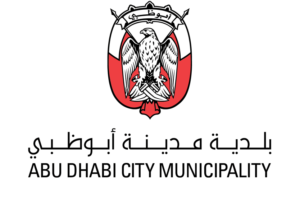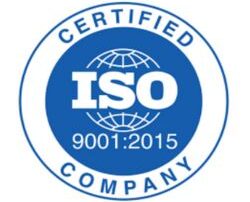

![]()
GRP LINING
GRP (Glass Reinforced Plastic) Lining is a durable, corrosion-resistant solution designed to protect surfaces from water, chemicals, and environmental damage. Engineered for water tanks, pipelines, concrete structures, and industrial applications, GRP lining ensures long-term waterproofing, chemical resistance, and structural integrity.
About GRP Lining
Glass Reinforced Plastic (GRP) lining is a cutting-edge solution designed to provide superior protection against corrosion, chemical damage, and abrasion. This versatile material is created by combining high-strength glass fibers with a durable polymer resin, resulting in a composite that is both lightweight and incredibly resilient. GRP lining is widely recognized for its exceptional performance in harsh environments, making it a preferred choice for industries that require long-lasting and reliable protection.
Key Features
✔ Superior Waterproofing – Prevents leakage and water damage.
✔ Corrosion & Chemical Resistance – Ideal for harsh environments.
✔ High Durability – Long-lasting and low maintenance.
✔ Non-Toxic & Safe – Suitable for potable water applications.
✔ Seamless & Customizable – Adapts to various surfaces and sizes.
Applications
🔹 GRP Lining for Water Tanks – Ensures safe and clean water storage.
🔹 GRP Lining for Concrete Structures – Prevents cracks and seepage.
🔹 GRP Lining for Pipelines – Enhances flow efficiency and longevity.
🔹 GRP Lining for Chemical Tanks – Provides superior chemical protection.
🔹 GRP Lining for Swimming Pools & Basements – Offers complete waterproofing.
Technical Specifications
- Material Composition: High-quality fiberglass reinforced with polyester resin.
- Thickness: Customizable as per application requirements.
- Temperature Resistance: Suitable for extreme temperatures.
- Adhesion Strength: Excellent bonding to multiple surfaces.
- Compliance: Meets international safety and quality standards.
Why Choose Our GRP Lining?
Our GRP lining solutions are designed to meet global industry standards, ensuring reliability and efficiency in diverse applications. With advanced manufacturing processes and high-performance materials, we provide cutting-edge protection for industrial, commercial, and residential projects.



